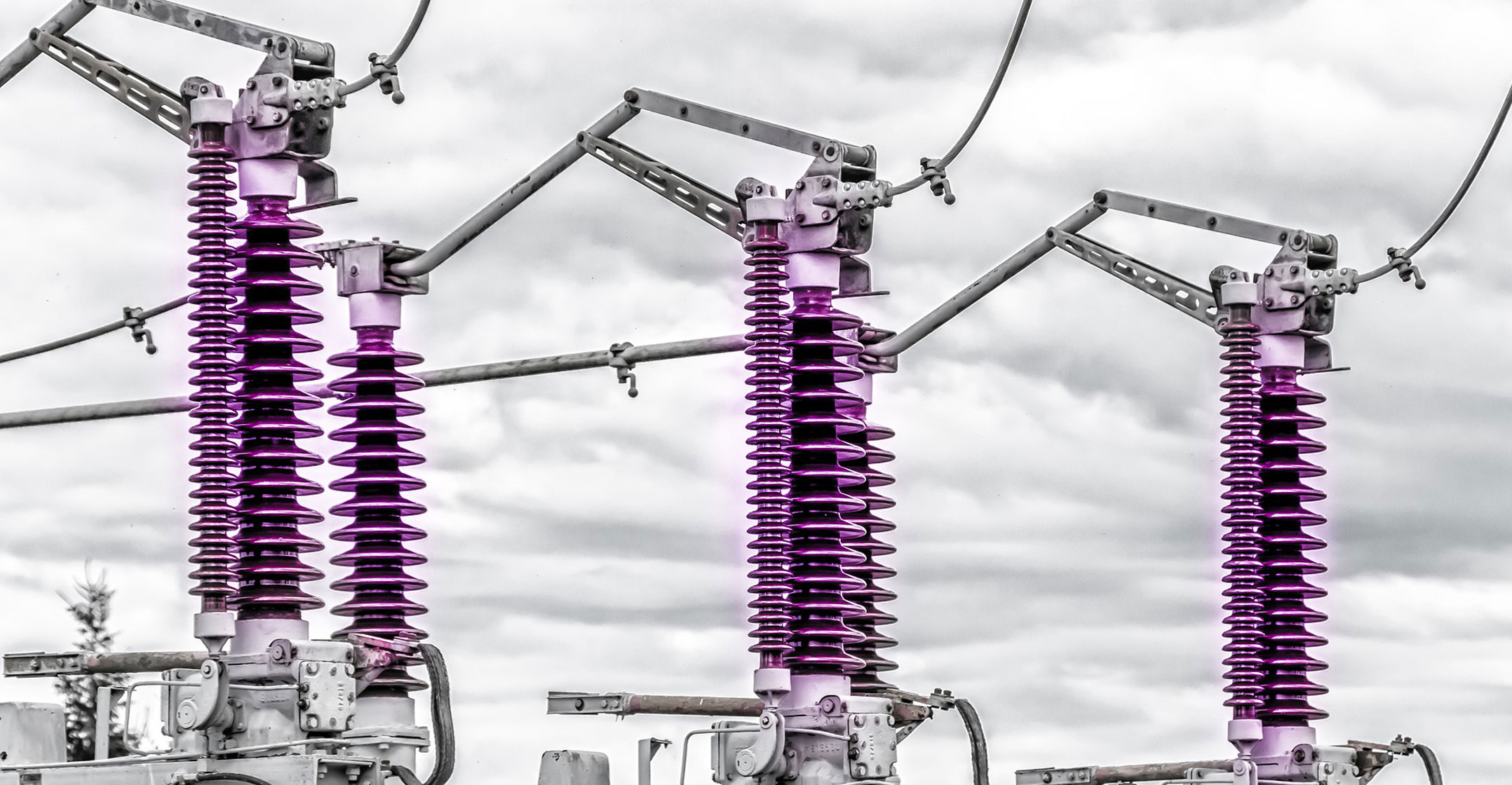
 In January, Eskom filed a contentious tariff proposal with energy regulator Nersa. In it were a number of proposed changes that will have wide ramifications for all users of electricity, even if they are not directly supplied by Eskom.
In January, Eskom filed a contentious tariff proposal with energy regulator Nersa. In it were a number of proposed changes that will have wide ramifications for all users of electricity, even if they are not directly supplied by Eskom.
Two amendments will see tariff structures change across the country. First, Eskom wants to change the times of its peak and off-peak periods – an hour of peak moves from the morning to the evening. It also wants to remove the incline block tariff structure for residential customers it supplies directly, such as greater Sandton and Soweto.
Then, it proposes that residential customers who have their own solar or renewable installation and want to have access to the grid will be forced onto a new tariff, called Homeflex. It says this tariff is “mandatory for all customers with grid-tied generation”, whether they are feeding back to the grid or not.
The major difference between Homeflex and the “standard” Homepower tariff is that the former introduces time-of-use tariffs…
The major difference between Homeflex and the “standard” Homepower tariff is that the former introduces time-of-use tariffs that have very low off-peak tariffs and very steep peak tariffs.
Eskom will pay the customer the same rate for any energy sold back to the grid that the tariff charges for consumption at that point in time. For example, it will “pay” the winter daytime rate if a customer is feeding back solar to the grid during daytime in winter.
For a customer with solar, this effectively means they are not able to offset the sharply higher peak tariff by feeding excess power back to the grid during the day (where there is a much lower off-peak tariff).
Solar
Effectively, those with solar systems will be feeding additional power back at 58.46c/kWh but paying R1.46/kWh at night when they need power from the grid.
For a standard 16kVA single-phase supply (80A), the charges proposed are the following:
| Homeflex charges | |
|---|---|
| SUMMER | |
| Peak c/kWh | 145.57 |
| Standard c/kWh | 81.85 |
| Off-peak c/kWh | 58.46 |
| WINTER | |
| Peak c/kWh | 350.77 |
| Standard c/kWh | 87.69 |
| Off-peak c/kWh | 58.46 |
(The utility also says the tariff “cannot be offered to customers who are on a prepaid smart meter due to current technological constraints”.)
Quite how the utility aims to implement this across the customers it supplies directly remains an unanswered question and, by definition, not part of the tariff filing.
Eskom also proposes the unbundling of charges on both Homeflex and Homepower into two separate ones: energy charges and network charges (something done by City Power and many other metros). Customers will therefore pay certain fixed charges regardless of their power consumption.
 The utility proposes a rand-per-day “service and administration charge” for each point of delivery, which will be “payable every month whether any electricity is used or not, based on the applicable daily rate and the number of days in the month”.
The utility proposes a rand-per-day “service and administration charge” for each point of delivery, which will be “payable every month whether any electricity is used or not, based on the applicable daily rate and the number of days in the month”.
Additionally, it proposes a network demand charge and ancillary service charge “based on the active energy measured at the point of delivery”.
The proposed additional (unbundled) charges are as follows:
| Homeflex 4/Homepower 4 | Charge | Total for 30-day month |
|---|---|---|
| Network capacity charge | R6.53 per day | R195.90 |
| Service and administration charge | R4.77 per day | R143.10 |
| Total | R339.00 | |
| Ancillary service charge (c/kWh) | 0.2186c | |
| Network demand charge (c/kWh) | 15.45c |
For a larger supply the proposed additional charges are higher:
| Network capacity charge | Service and administration charge | Total for 30-day month | |
|---|---|---|---|
| Homeflex 1/Homepower 1: Dual-phase 32kVA three-phase supplies (80A per phase); three-phase 25kVA three-phase supplies (40A per phase) | R13.74 per day | R4.77 | R555.30 |
| Homeflex 2/Homepower 2: Dual-phase 64kVA three-phase supplies (150A per phase); three-phase 50kVA three-phase supplies (80A per phase) | R23.83 per day | R4.77 | R858.00 |
| Homeflex 3/Homepower 3: Dual-phase 100kVA three-phase supplies (225A per phase); three-phase 100kVA three-phase supplies (150A per phase) | R58.81 per day | R4.77 | R1907.40 |
In its tariff filing, Eskom says “for the average-consumption customer who converts from the existing Homepower tariff to the Homeflex tariff, the impact of this tariff conversion may be positive or negative (depending on the load profile)”.
“Customers who respond to the TOU (time of use) signals will experience a positive impact.”
Elsewhere in the filing, it says “affluent” households on Homepower 3 have an average monthly consumption of 3 404kWh.
In its application, Eskom says the Homeflex tariff “is a dynamic tariff for the residential urban sector that supports a more optimal operation of the power system”.
Eskom identified the need for a residential time-of-use tariff to provide the right economic signals that promote economic efficiency…
It adds: “Eskom identified the need for a residential time-of-use tariff to provide the right economic signals that promote economic efficiency and sustainability for Eskom and the customer long ago.”
It says the proposed tariff will also help to optmise the system and “protect future revenue”. It says “there is a need to get fair compensation for the use of the grid and to incentivise customers to stay connected to the grid” but that the “current IBT structure does not provide a TOU signal or a signal for net billing; PV (solar photovoltaic), for example, reduces sales, but not peak consumption and peak demand”.
Nersa was expected to pronounce on the tariffs earlier this month. In theory, these are to be implemented from 1 April for Eskom-direct customers and on 1 July for municipalities that bulk-buy power from the utility.
- This article was originally published on Moneyweb and is used here with permission











Comments